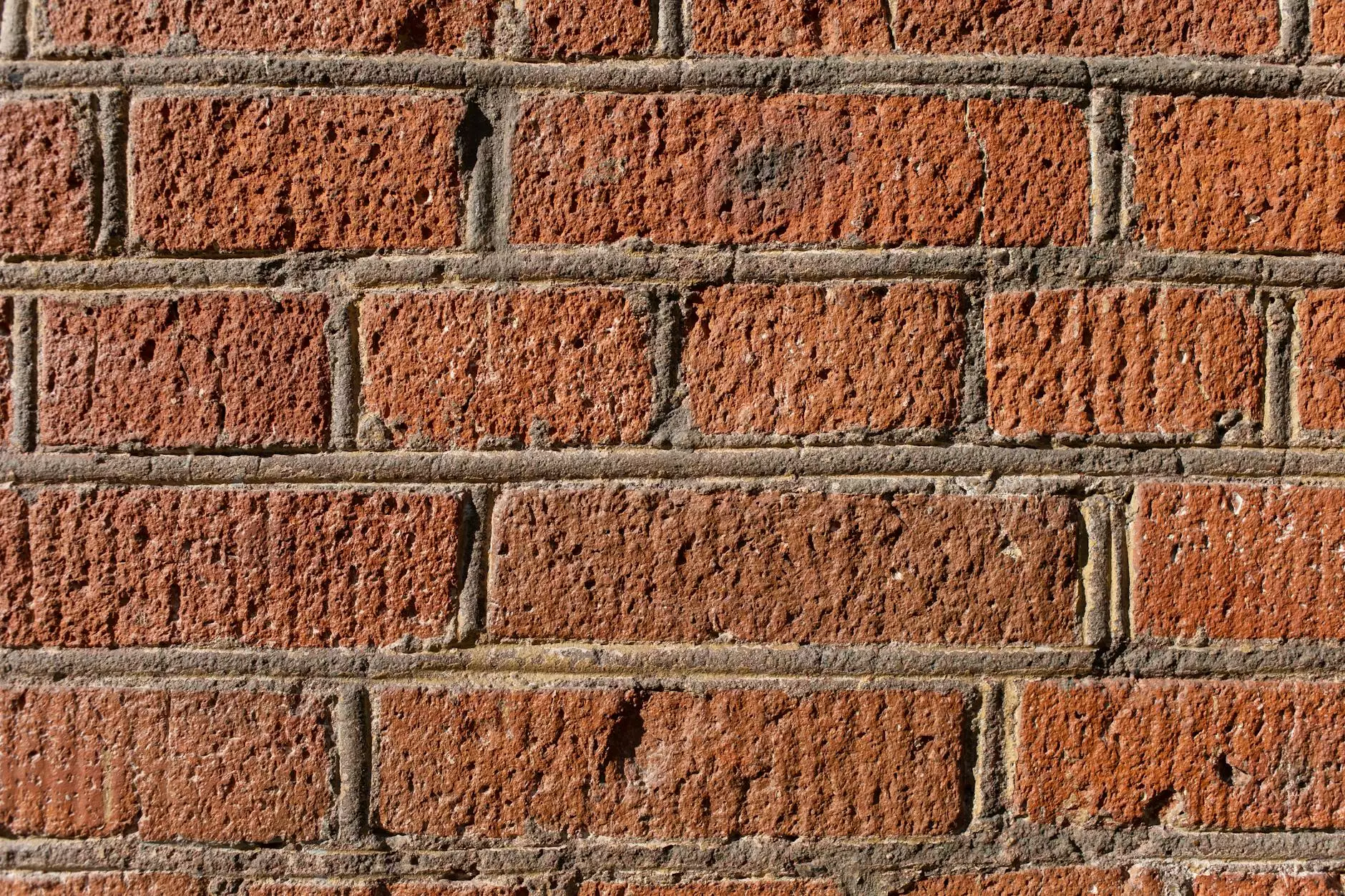Understanding Brown Discoloration on Lower Legs

Brown discoloration on lower legs can often be alarming for individuals experiencing it. This condition can signify underlying health issues, particularly related to vascular health. In this article, we will delve into the causes, symptoms, diagnosis, and treatment options for brown discoloration on lower legs, helping you to better understand this condition.
What is Brown Discoloration on Lower Legs?
Brown discoloration on lower legs refers to skin that takes on a brown hue, often appearing in patches or as a generalized coloration. This change in skin color can be caused by several factors, and its significance can vary widely. Understanding the root cause is essential for determining appropriate treatment.
Causes of Brown Discoloration on Lower Legs
There are several reasons why individuals may experience this condition, among which the following are the most common:
- Venous Insufficiency: One of the leading causes of brown discoloration, venous insufficiency occurs when the veins in the legs struggle to send blood back to the heart. This can lead to pooling of blood and breakdown of blood cells, which may result in a brown pigmentation on the skin.
- Chronic Edema: Prolonged swelling in the legs can cause changes in skin texture and color. The excess fluid in the tissues can lead to brown discoloration as well.
- Skin Conditions: Certain skin disorders may cause pigmentation changes. For instance, conditions like eczema or dermatitis can leave brown patches if they are persistent or long-lasting.
- Stasis Dermatitis: This is a specific form of dermatitis resulting from poor circulation. It often presents with brown pigmentation, swelling, and discomfort.
- Injury or Trauma: Previous injuries to the lower legs can cause pigmentation changes as the skin heals. Bruises can also lead to discoloration as they resolve.
- Sun Exposure: Excessive sun exposure can lead to changes in pigmentation, including brown spots or discoloration on the lower legs.
- Ageing: As people age, their skin undergoes various changes, including increased pigmentation in certain areas, which can result in brown discoloration.
Recognizing the Symptoms
Beyond the visible brown discoloration, individuals may experience other symptoms, including:
- Itching: The affected area may become itchy or irritated.
- Pain or Discomfort: Some individuals experience pain or heaviness in the legs, especially after prolonged standing or sitting.
- Swelling: Swelling in the lower legs is common and can occur in conjunction with the discoloration.
- Skin Changes: The skin may become dry, scaly, or may develop sores or ulcerations.
Diagnosis of Brown Discoloration on Lower Legs
If you notice brown discoloration on your lower legs, it is crucial to consult a medical professional. A thorough examination is necessary to determine the underlying cause. The diagnostic process may involve:
- Physical Examination: The doctor will examine the affected area and ask questions about your medical history and any associated symptoms.
- Doppler Ultrasound: This non-invasive test helps assess blood flow in the legs and can identify issues like venous insufficiency.
- Blood Tests: Certain blood tests may be ordered to check for underlying conditions.
- Skin Biopsy: In rare cases, a skin biopsy may be performed to rule out serious skin conditions.
Treatment Options for Brown Discoloration on Lower Legs
Treatment for brown discoloration on lower legs largely depends on the underlying cause. Here are common approaches:
Conservative Management
For mild cases or cases caused by venous insufficiency, conservative management strategies may include:
- Compression Therapy: The use of compression stockings can help manage symptoms and improve blood circulation in the legs.
- Elevating the Legs: Elevating the legs during rest can minimize swelling and improve venous return.
- Regular Exercise: Engaging in physical activity that promotes circulation, such as walking or swimming, can be beneficial.
Medical Interventions
In cases where the condition is more severe, medical interventions may be necessary, such as:
- Medications: Topical treatments and other medications might be prescribed to reduce inflammation or treat underlying conditions.
- Endovenous Laser Treatment (EVLT): This minimally invasive procedure uses laser energy to close off damaged veins, improving blood flow.
- Sclerotherapy: A treatment option for varicose veins that involves injecting a solution into the veins, causing them to collapse and fade.
- Vein Stripping: In more severe cases, surgical removal of varicose veins may be required.
When to Seek Medical Attention
It is essential to seek medical attention if you notice:
- Rapid Onset: The discoloration appears suddenly or changes quickly.
- Persistent Symptoms: Symptoms like swelling, pain, or itching that do not improve with home remedies.
- Significant Pain: Severe pain in the legs, particularly if it is accompanied by swelling or discoloration.
- Open Sores: Development of open sores or wounds that do not heal properly.
Preventive Measures
Preventing brown discoloration on lower legs often involves lifestyle changes and proactive care:
- Maintain a Healthy Weight: Keeping your weight in check can greatly reduce the risk of venous insufficiency.
- Stay Active: Regular physical activity encourages healthy blood flow and circulation.
- Hydration: Drinking sufficient water supports skin health and circulation.
- Protect Your Skin: Use sunscreen and protective clothing to prevent sun-induced pigmentation changes.
- Smoking Cessation: Quitting smoking can improve circulation and overall health, reducing the risk of brown discoloration.
Conclusion
Brown discoloration on lower legs is a condition that can indicate underlying health issues, particularly related to vascular health. With informed care and appropriate treatment options, individuals can manage and even reverse this condition effectively. If you are experiencing brown discoloration or related symptoms, do not hesitate to consult a qualified specialist at Truffles Vein Specialists for a thorough evaluation and personalized care.
Understanding the underlying causes and remaining vigilant regarding your vascular health is crucial. It empowers you to take the necessary steps toward a healthier and more aesthetically pleasing life.



